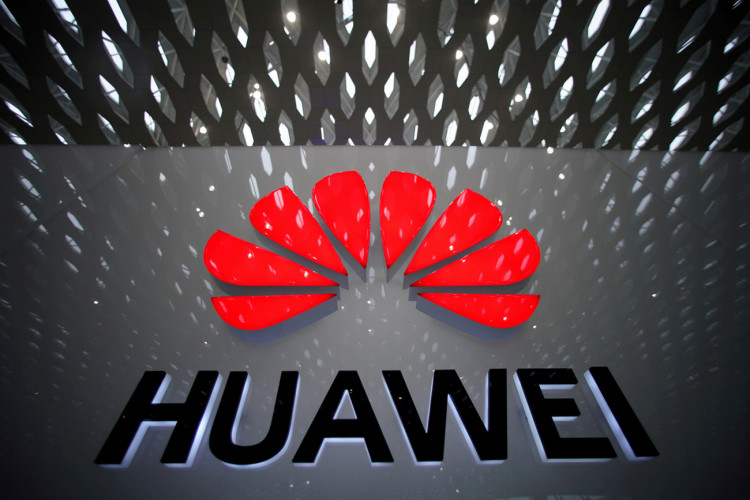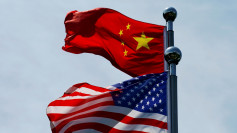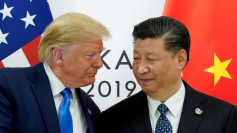Huawei Technologies is shelling out $1.4 billion (10 billion yuan) to launch a high-tech research and development facility in Shanghai. Its purpose: To show its fierce rival, the United States, that it has the money to play the game.
The world's biggest supplier of telecommunications equipment, Huawei Technologies will build a one-square kilometer center (roughly the size of 130 football fields) that will focus on the manufacture of microchips for various types of devices and development of new wireless networks for the so-called Internet of Things (IoT).
The project will provide jobs to more than 30,000 people in the bustling Qingpu District, a company representative said in a recent meeting with local government officials.
The plan is in line with China's ongoing campaign to enhance its capability and self-reliance on new technologies. Chinese leader Xi Jinping has underscored the importance of boosting the nation's research and development in the latest tech infrastructure since its trade conflict with the US broke out in 2018.
The Shenzhen-based tech giant currently operates 36 joint innovation facilities and 14 R&D centers worldwide. Its existing Shanghai R&D building in Pudong District is among its biggest. Huawei Technologies has yet to provide specifics with regards to the new undertaking.
Tech firms like Huawei have become collateral damage of sorts in the Sino-US trade war as the company was blacklisted by the US Department of Commerce in connection to national security issues in May, which prevented the company from acquiring software, electronic equipment, and services from US tech manufacturers.
Huawei posted a 24% growth in sales of $58.5 billion (401.5 billion yuan) in the second quarter of 2019, bolstered by rising orders of smartphones and demand for its fifth-generation equipment, the company disclosed last week.
Huawei Technologies spent around 101.6 billion yuan on research and development, accounting for 14.5% of its total sales. The company has spent over 10% of its revenue on R&D annually in the last 10 years, while 48% of its employees are involved in R&D.
Meanwhile, even before American tech regulators blacklisted the Chinese company, Huawei had been reaping very decent sales in China, shifting upmarket into the $500 to $800 smartphone price range and enticing clients away from rival Apple with improved camera features.
Huawei's China smartphone delivery in the first six months of the year was up by almost a third from the same quarter last year, with the company's market share soaring 11% to a record 40%, according to figures released by research company Canalys.





